Do you have a question about the ABB COMMANDER 351 and is the answer not in the manual?
Defines application template and output type selection for the controller.
Guides the user through setting instrument parameters and configuration details.
Explains the operation of various function keys for navigation and control.
Lists and explains common error messages and how to clear them.
Details the operation of the single loop controller template.
Describes the analog backup station functionality for master controller backup.
Explains the different heat/cool output configurations and their operation.
Describes the types of motorized valve outputs, with and without feedback.
Details the start-up auto-tune process for initial controller setup.
Describes the 'at set point' auto-tune process for fine-tuning.
Details the Control Efficiency Monitor for assessing and optimizing control performance.
Provides a method for manually tuning PID parameters using the CEM.
Details parameters for tuning the controller, including cycle times and hysteresis.
Covers configuration of local and remote set points, ratio, and bias.
Allows setting trip points, alarm numbers, and hysteresis for alarms.
Configures parameters for motorized valve control, including deadband and travel time.
Sets template, output type, and control action for the controller.
Configures input types, electrical ranges, and temperature units for analog inputs.
Configures alarm types, trip points, and hysteresis for process alarms.
Configures set point tracking, limits, and sources for local/remote operation.
Sets power fail recovery, output limits, and slew rate for control.
Allows fine-tuning of inputs to eliminate system errors and calibrate sensors.
Provides warnings and notes regarding safe electrical connections.
Illustrates the general electrical connections for power, inputs, and outputs.
Details the auto/manual station as a backup for master controllers (Templates 3 & 4).
Explains the indicator/manual loader station for displaying process variables (Templates 7 & 8).
Defines application template and output type selection for the controller.
Guides the user through setting instrument parameters and configuration details.
Explains the operation of various function keys for navigation and control.
Lists and explains common error messages and how to clear them.
Details the operation of the single loop controller template.
Describes the analog backup station functionality for master controller backup.
Explains the different heat/cool output configurations and their operation.
Describes the types of motorized valve outputs, with and without feedback.
Details the start-up auto-tune process for initial controller setup.
Describes the 'at set point' auto-tune process for fine-tuning.
Details the Control Efficiency Monitor for assessing and optimizing control performance.
Provides a method for manually tuning PID parameters using the CEM.
Details parameters for tuning the controller, including cycle times and hysteresis.
Covers configuration of local and remote set points, ratio, and bias.
Allows setting trip points, alarm numbers, and hysteresis for alarms.
Configures parameters for motorized valve control, including deadband and travel time.
Sets template, output type, and control action for the controller.
Configures input types, electrical ranges, and temperature units for analog inputs.
Configures alarm types, trip points, and hysteresis for process alarms.
Configures set point tracking, limits, and sources for local/remote operation.
Sets power fail recovery, output limits, and slew rate for control.
Allows fine-tuning of inputs to eliminate system errors and calibrate sensors.
Provides warnings and notes regarding safe electrical connections.
Illustrates the general electrical connections for power, inputs, and outputs.
Details the auto/manual station as a backup for master controllers (Templates 3 & 4).
Explains the indicator/manual loader station for displaying process variables (Templates 7 & 8).
| Mounting | DIN Rail |
|---|---|
| Protection Class | IP20 |
| Input Voltage | 24V DC |
| Output Voltage | 24V DC |
| Number of Outputs | 8 |
| Communication Ports | RS-232, RS-485 |
| Programming Language | Function Block Diagram (FBD) |
| Display | LCD |
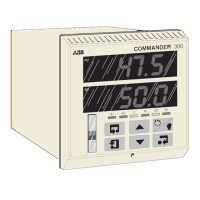
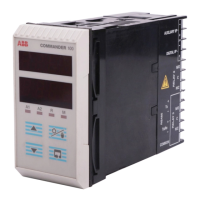
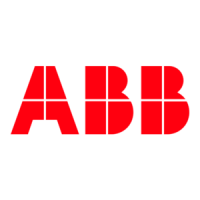

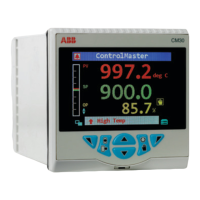
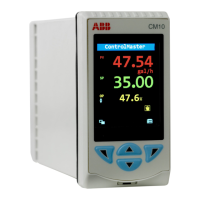

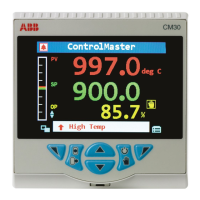
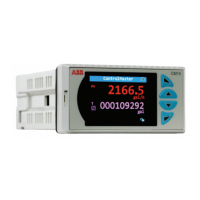



